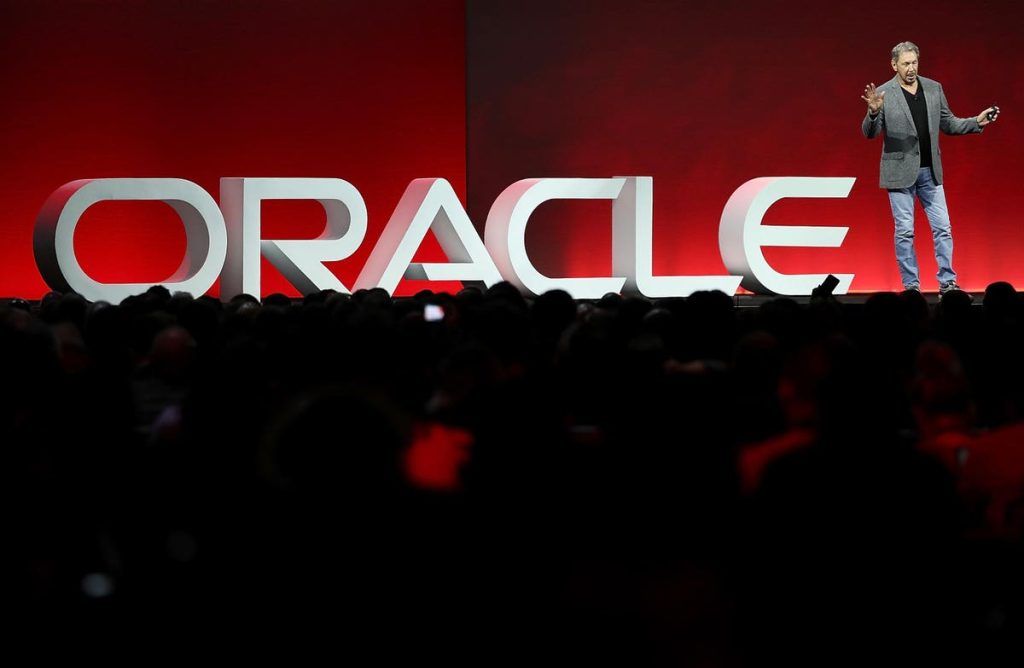Oracle is foundational to enterprise digital transformation. Its database technologies have powered the world’s most demanding business-critical applications for over four decades. As AI emerges as a transformational force, it’s only natural that Oracle will deliver the infrastructure required to extract the full value from today’s AI technologies.
That focus was fully displayed at the recent Oracle Cloud World event in Las Vegas. While the company made dozens of AI-focused announcements, spanning everything from cloud services to application delivery, it is the new AI and ML features in Oracle’s flagship database that will truly enable enterprises to fully extract the value of generative AI.
Oracle Database 23c
Oracle announced the general availability of its Oracle Database 23c long-term support release. While the release arrives with a staggeringly large number of new features (over 300) impacting nearly every aspect of the database, including improving the developer experience, I want to focus on how the database supports and uses AI.
Vector Search
Vectors are integral to how generative AI operates. In a gross simplification, you can think of vectors as how AI model attributes are stored. Vector search enables the representation and efficient querying of data using vectors.
Oracle introduces support for AI vector search features in Oracle Database 23c, enhancing its ability to work with unstructured data like images, documents, and videos. Below are some critical aspects of the vector search features in Oracle Database 23c:
- Native Vector Datatype: Oracle Database 23c introduces a native Vector datatype, making storing and working with vectors within the database easier. This datatype is specifically designed for handling vector data efficiently.
- Optimized Vector Similarity Search: The release includes optimized indexing for vector similarity search, significantly improving querying vectors’ performance. Users can quickly search and retrieve similar vectors based on content.
- SQL Functions and Operators: New SQL functions and operators are provided to create, manipulate, and query vectors within the database. These functions simplify working with vectors in conjunction with other data models already supported in Oracle Database, such as JSON, Spatial, Graph, etc.
- Seamless Integration: The vector search capabilities are seamlessly integrated into the Oracle Database, allowing developers to incorporate vector data into their applications and workflows without needing additional specialized databases.
- Enhanced Use Cases: These vector search features open up a wide range of use cases, including content-based searches, recommendations, and analysis of unstructured data, which can be valuable for applications like image recognition, document retrieval, and multimedia content management.
Oracle Database 23c’s vector search features enhance the ability to work with unstructured data, providing efficient storage, retrieval, and analysis of vector data seamlessly within the database environment. Top of FormBottom of Form
Enhanced Data Mining & Machine Learning Capabilities
Oracle Database 23c includes several enhancements to its data mining and machine learning capabilities, designed to simplify the process of building analytical models, improving predictive accuracy, and leveraging large language models. Here are the key features related to data mining and machine learning Oracle is delivering:
- Built-in Data Mining and Machine Learning Algorithms: Oracle Database 23c continues to embed data mining and machine learning algorithms directly into the database. These built-in algorithms simplify the process of creating analytical models. Data scientists and developers can choose from various algorithms to build models that best suit their specific needs.
- Improved Data Mining Algorithms: The release improves existing data mining algorithms, including enhancements to the XGBoost algorithm and the Generalized Linear Model algorithm. These enhancements focus on improving predictive accuracy, making models more effective in providing valuable insights.
- Integration with Generative AI and Large Language Models: Oracle Database 23c integrates with LLMs and generative AI, enabling developers and analysts to harness the power of these models while accessing the data in their databases. This integration opens the door to AI-powered applications in various domains, such as education, healthcare, and business.
- Natural Language Interaction: One notable feature is the ability to interact with the database using natural language. Users can “chat” with the database in conversational language to ask complex queries, leveraging the context of the data. This feature simplifies interaction with the database and streamlines the process of extracting valuable insights.
- AI Code Generation: Oracle plans to extend the AI capability to generate code for different aspects of the database and development tools. This feature will help automate the development process, making it easier to customize and tailor the database to specific use cases.
Integrating generative AI and LLMs offers exciting possibilities for AI-driven applications, and the natural language interaction simplifies the querying process. The improved algorithms also contribute to better predictive accuracy, making the Oracle Database a robust choice for data analytics and machine learning applications.
Availability
Oracle Database 23c is available now on Oracle Cloud Infrastructure (OCI) Oracle Base Database Service. Releases for Oracle Database On-premises, Exadata, Exadata Database Service, Exadata Cloud at Customer (ExaC@C), and Autonomous Database (ADB) are planned to follow later.
Analyst’s Take
Oracle Database 23c is a significant release aimed at empowering developers and simplifying the integration of AI into the database. It builds upon the database’s stellar reputation for high availability, top-notch performance, and robust security.
More importantly, this release strengthens the database’s converged approach, allowing it to support JSON, XML, Graph, Spatial, Text, and Relational data for a wide range of workloads.
While Generative AI has made vector databases popular, using separate database products for different applications seems senseless and inefficient – especially if an enterprise’s data is already centralized onto an Oracle database (as nearly every Fortune 1000’s is).
Oracle’s integration of vector search changes the game for enterprise AI, allowing organizations to deploy GenAI applications with the complete safety, performance, and reliability that the Oracle Database represents.
I’ll say it again: Oracle is foundational to enterprise digital transformation. Its database technologies have powered the most demanding business-critical applications for over four decades and, as this set of announcements demonstrates, is poised to continue powering those applications well into the future.
Disclosure: Steve McDowell is an industry analyst, and NAND Research an industry analyst firm, that engages in, or has engaged in, research, analysis, and advisory services with many technology companies, which may include those mentioned in this article. Mr. McDowell does not hold any equity positions with any company mentioned in this article.
Read the full article here










